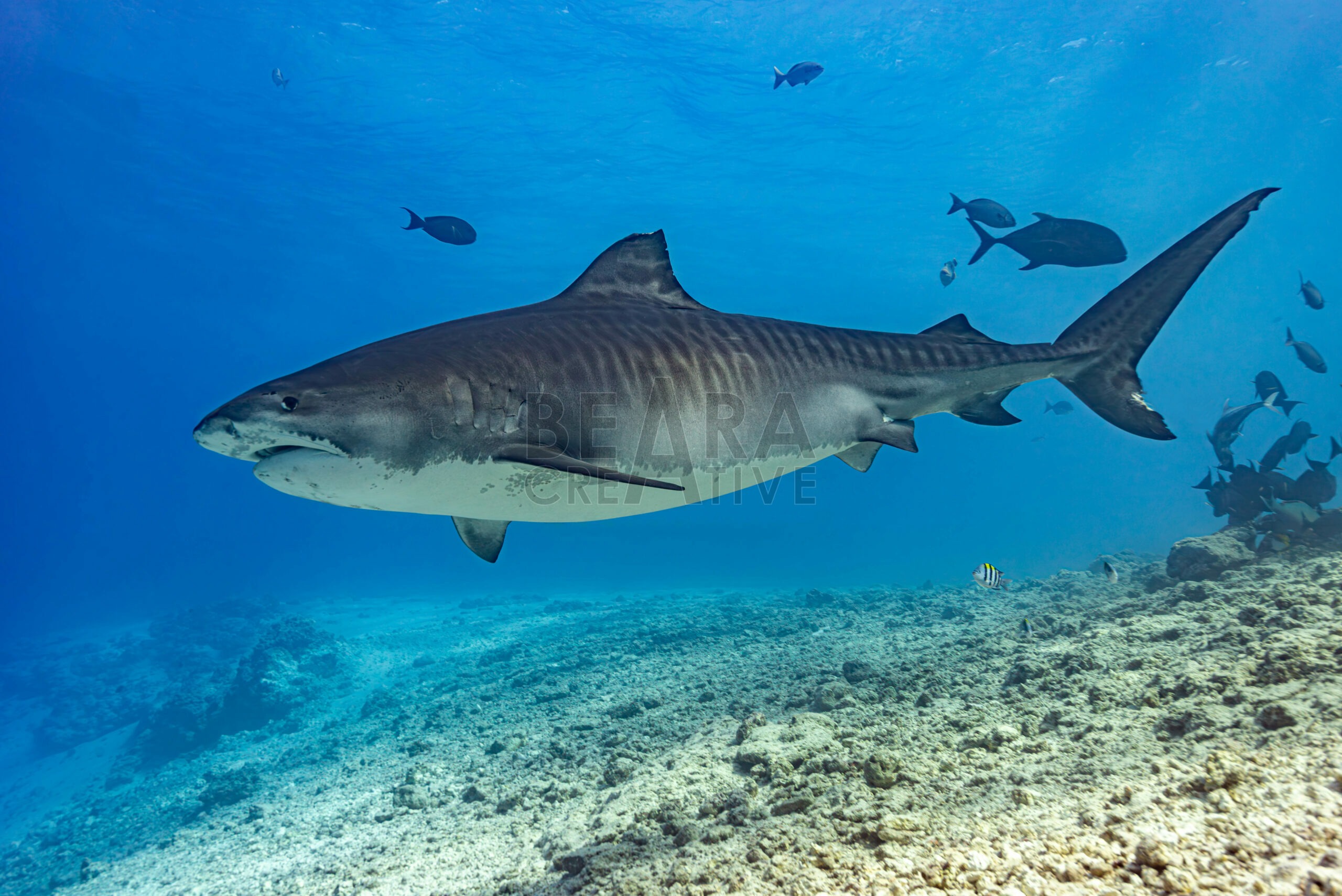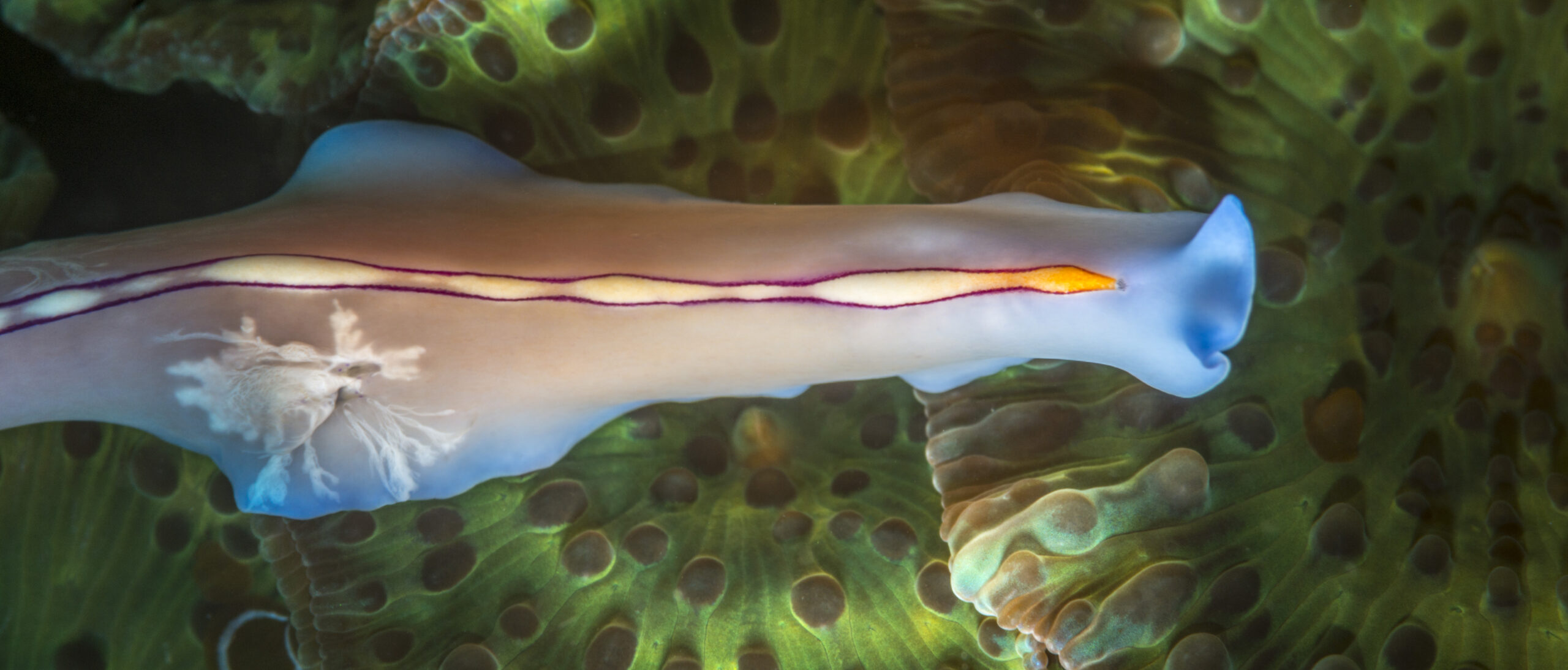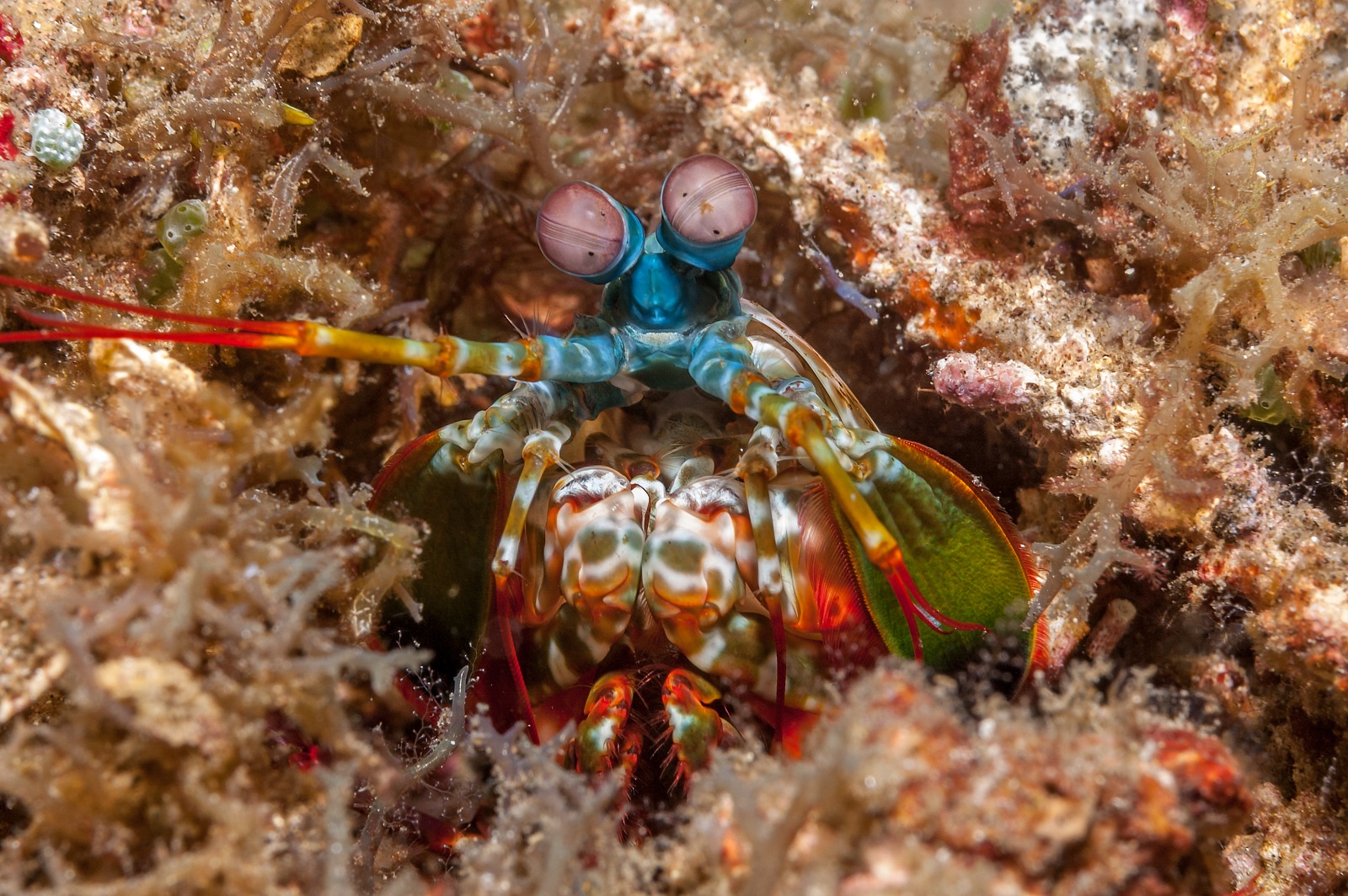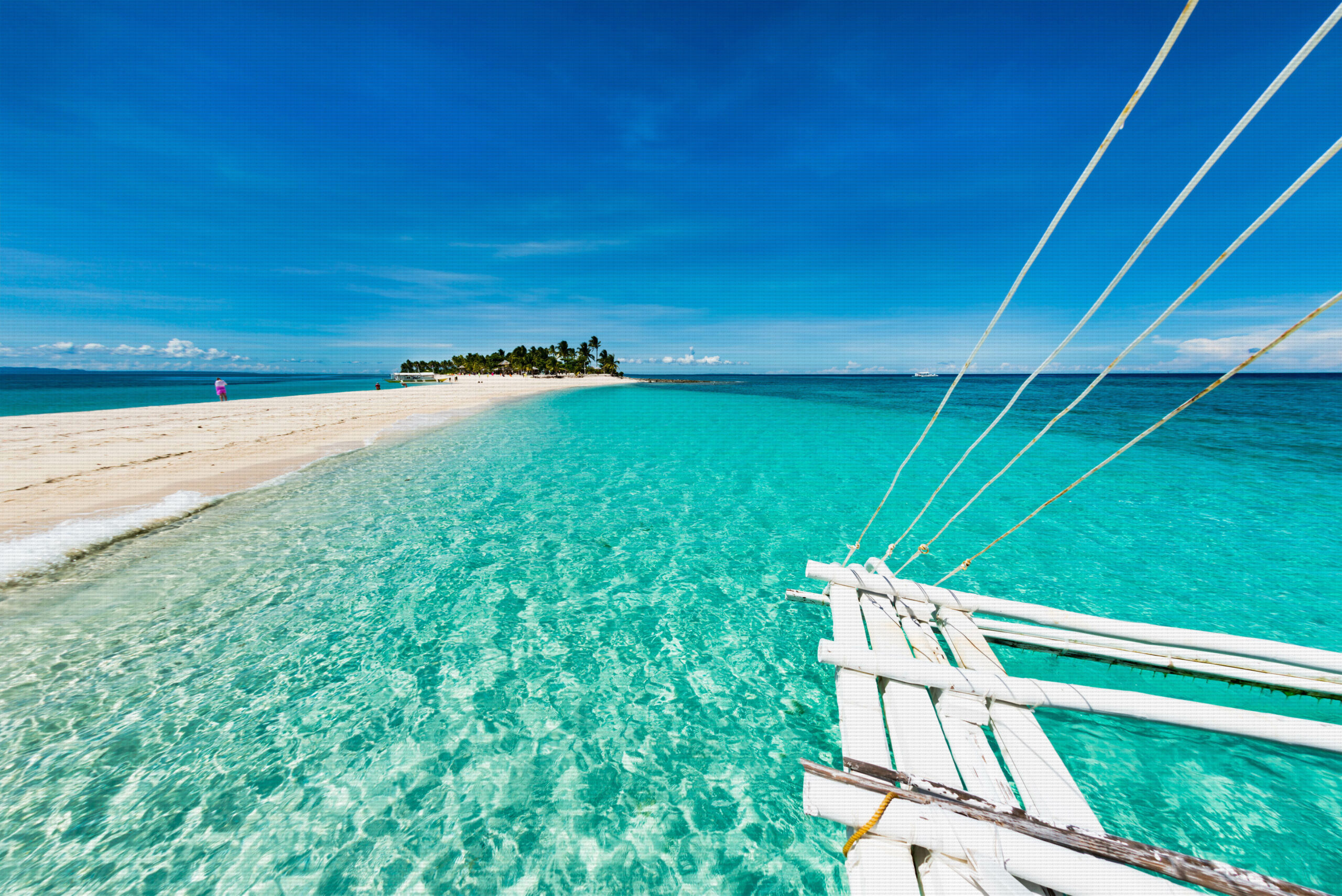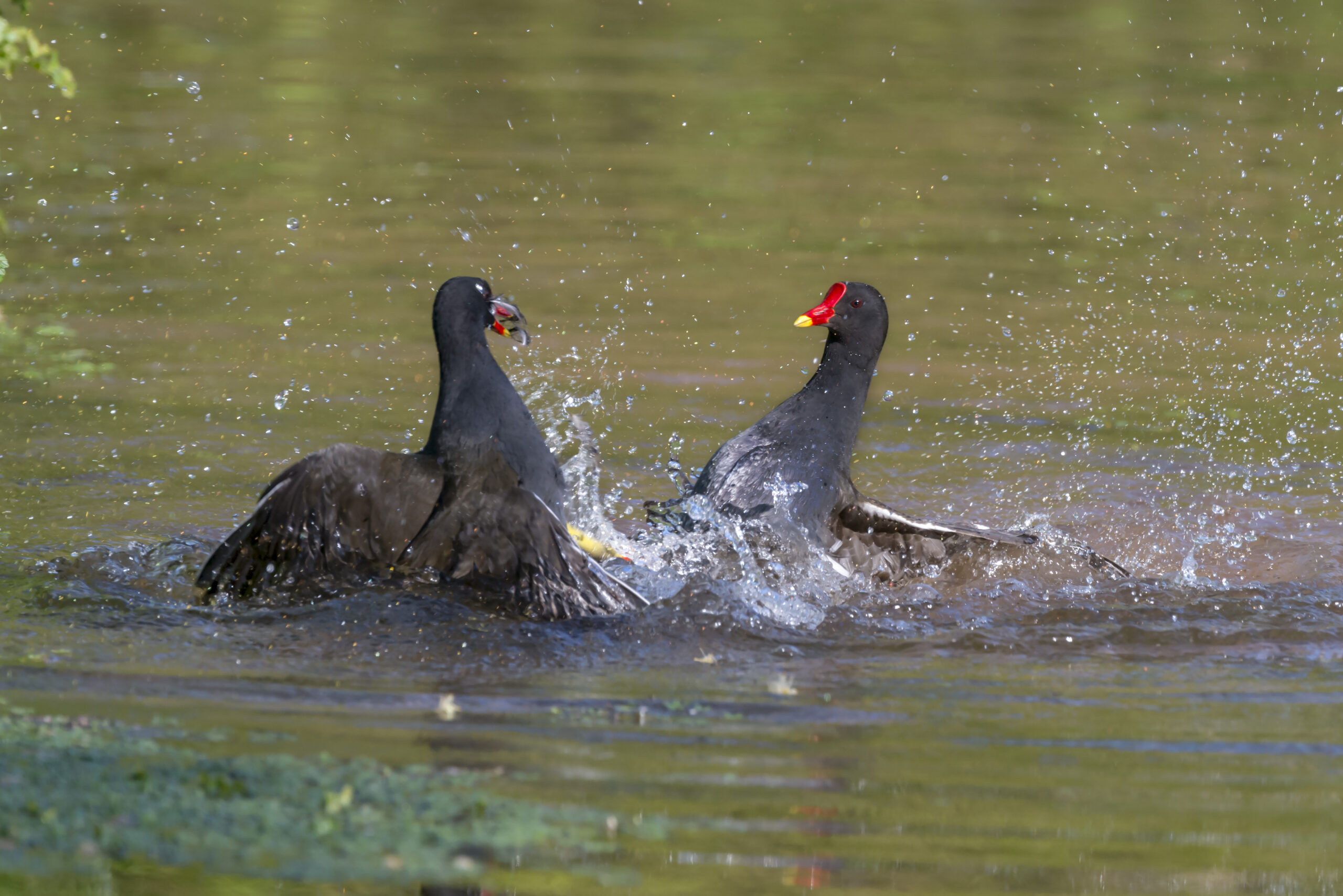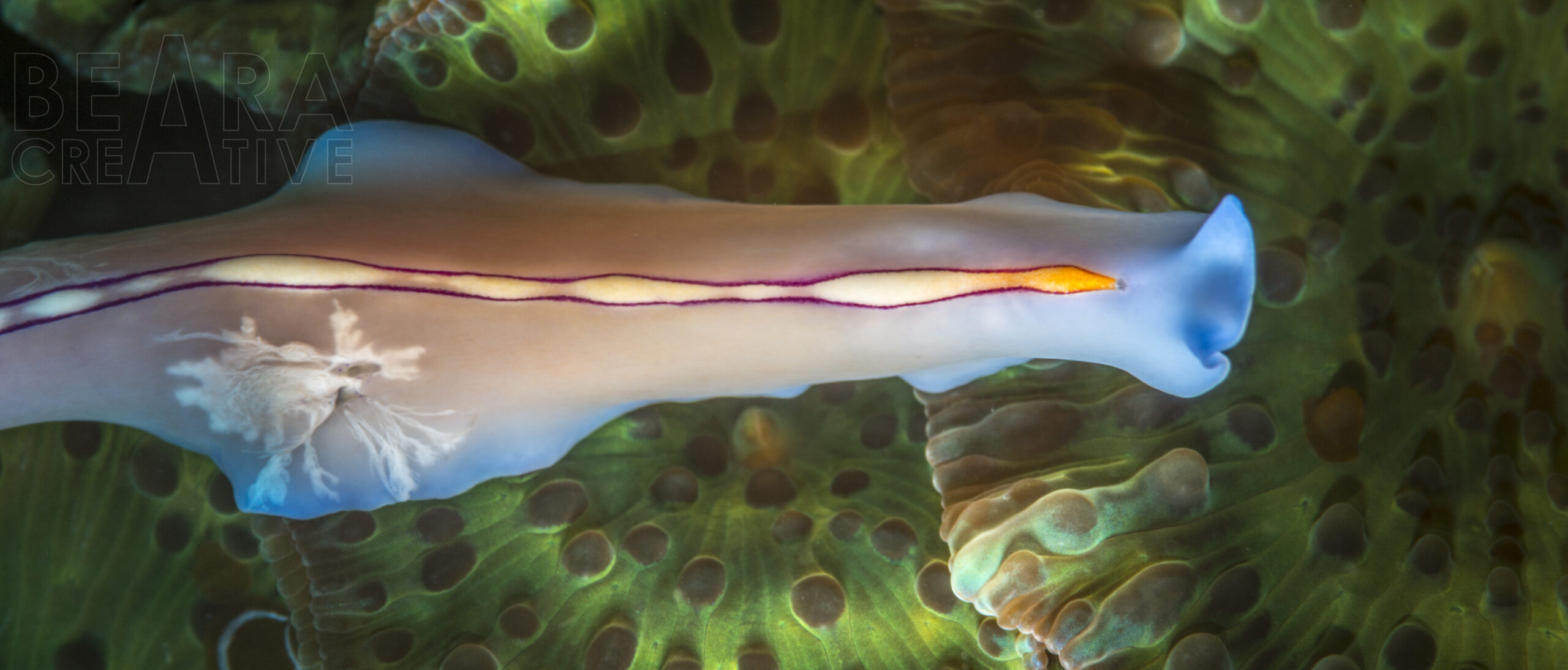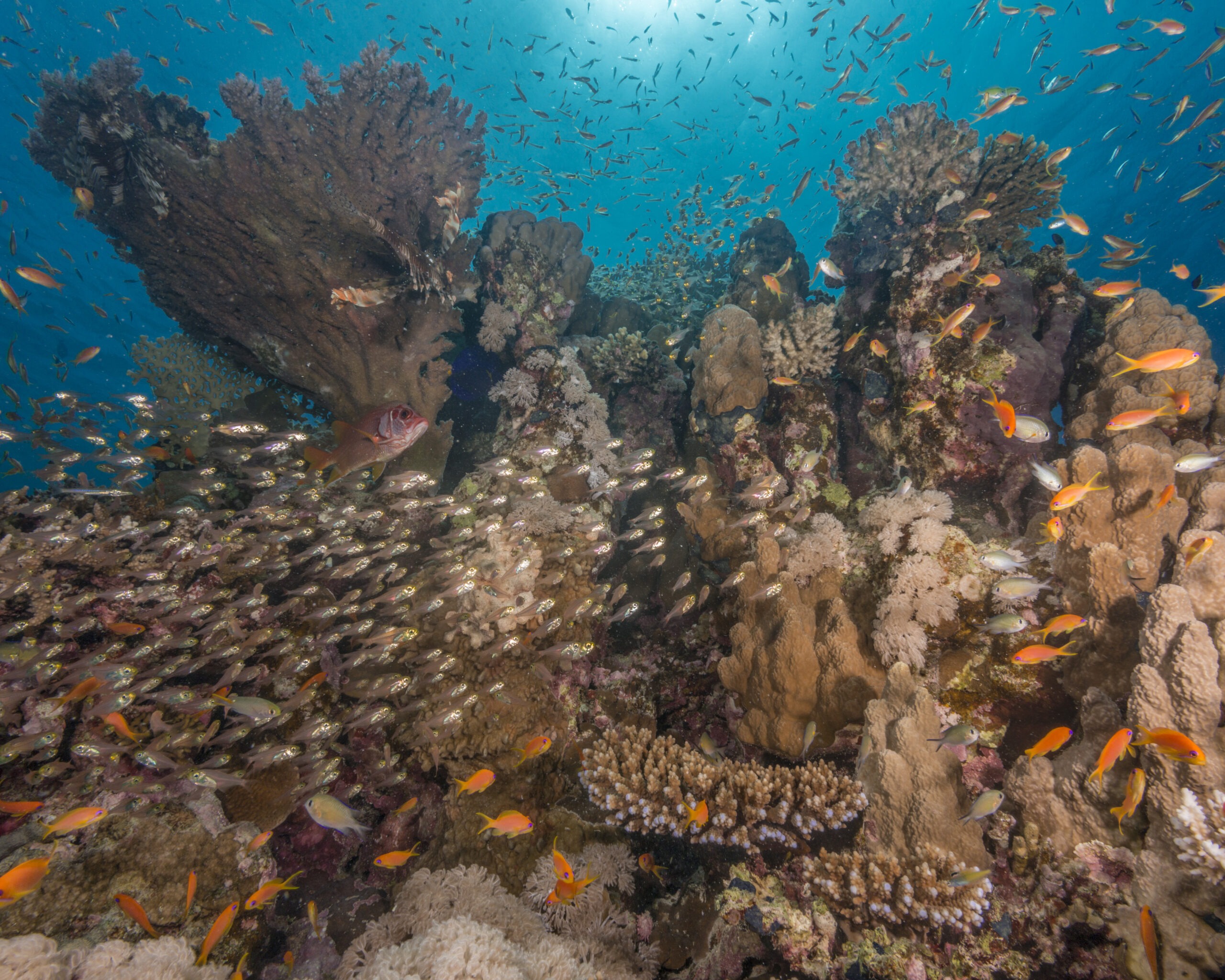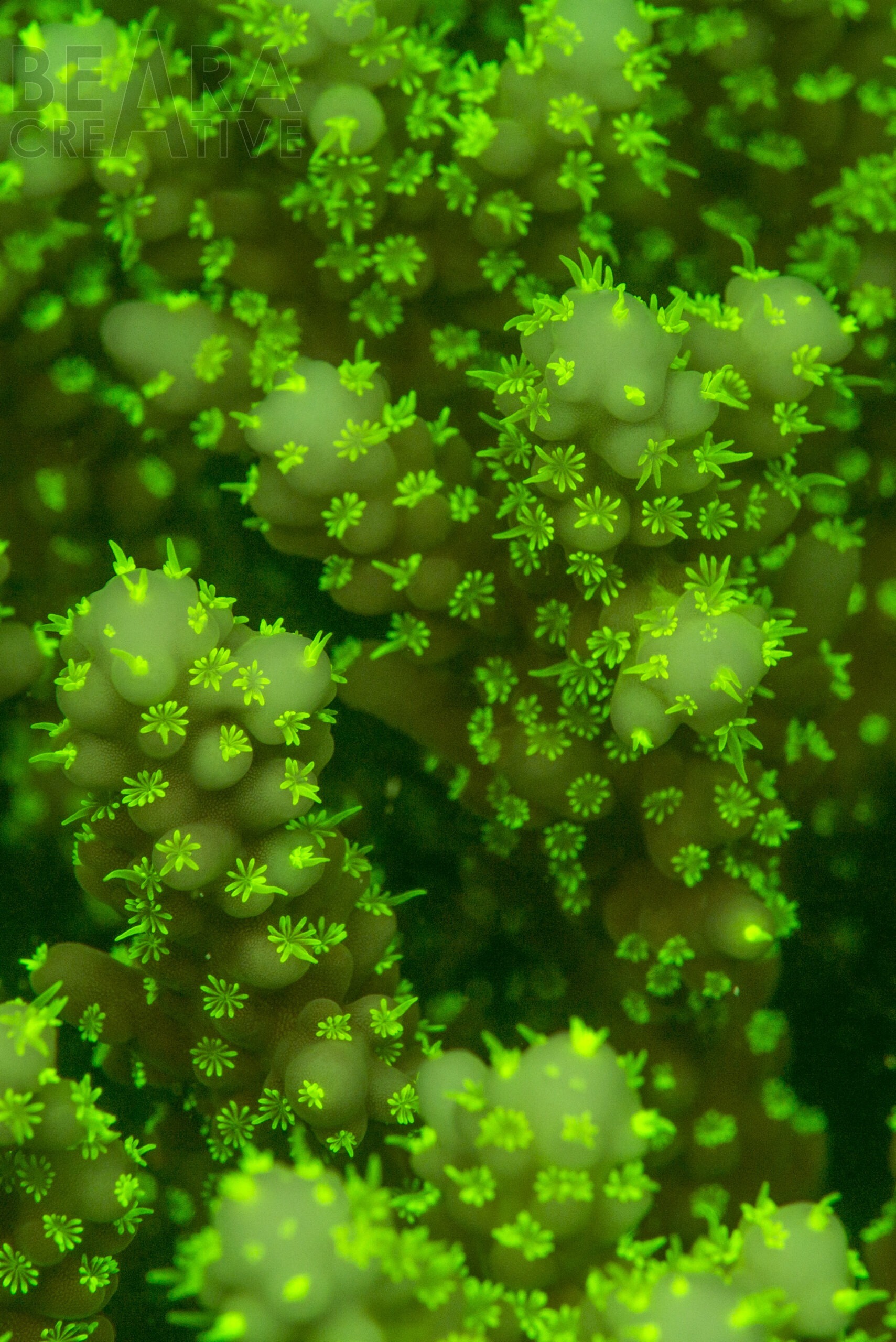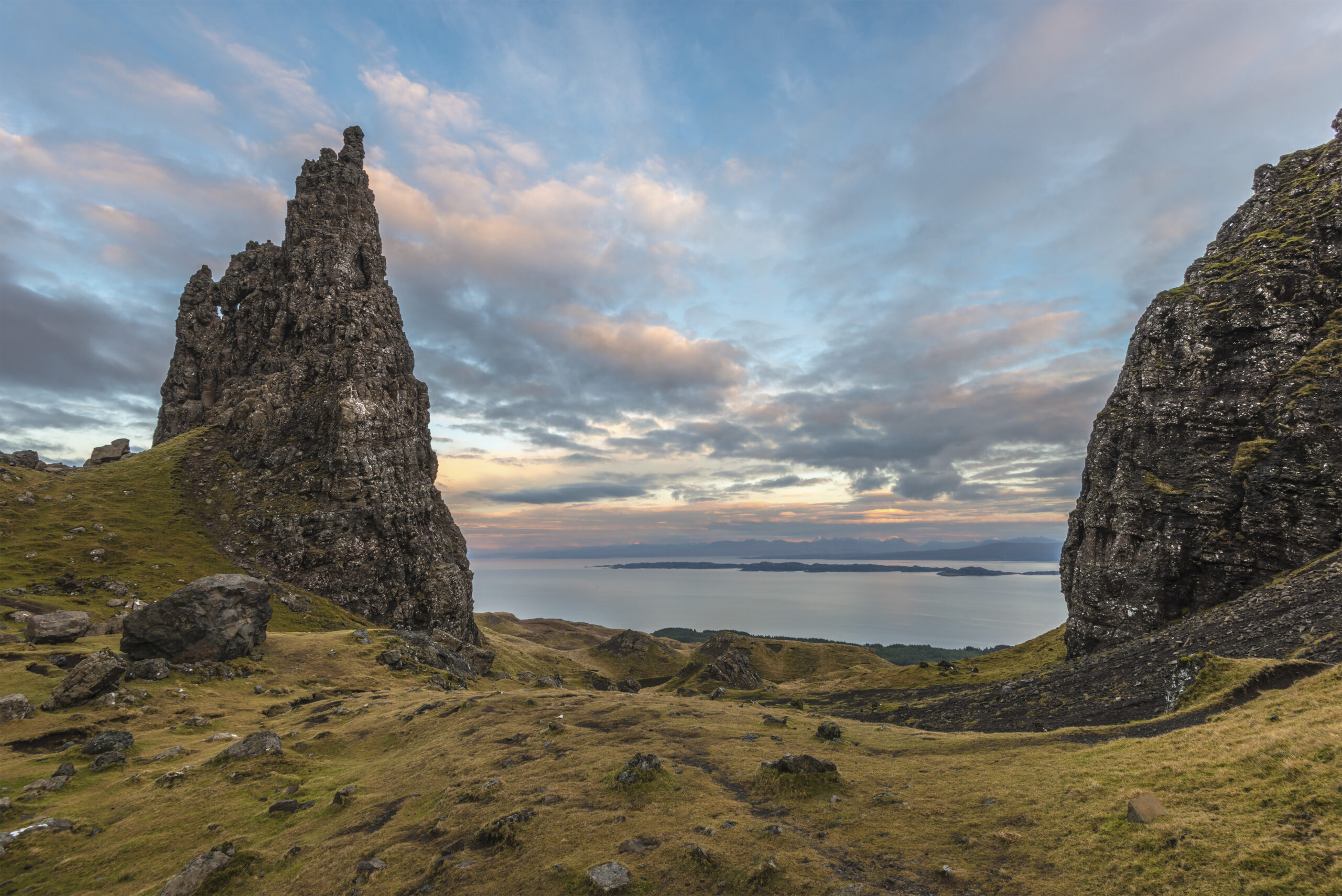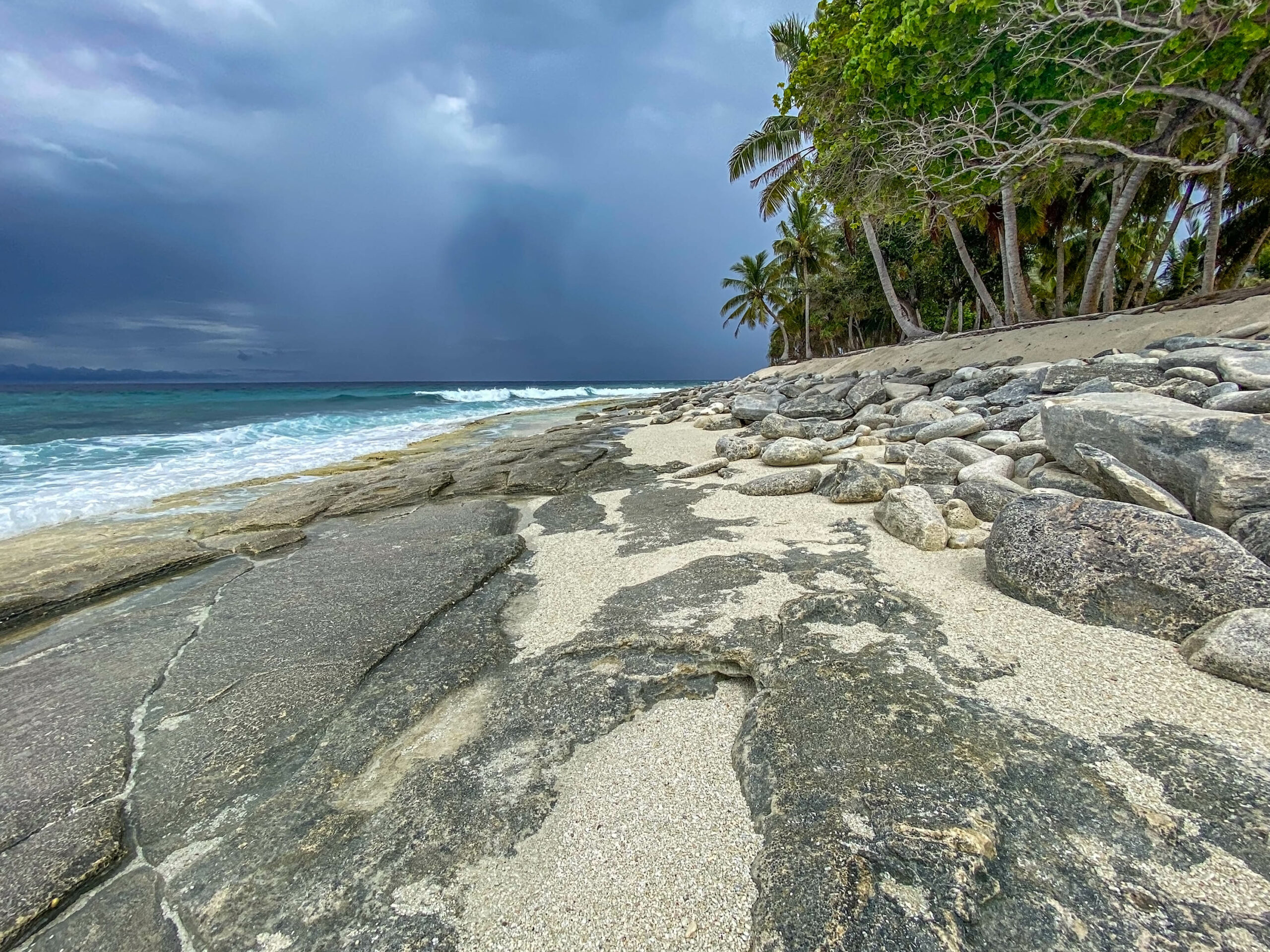
Discovering the Hidden Gem: Fuvahmulah Island
Nestled amidst the cerulean waters of the Maldives, Fuvahmulah Island stands as a beacon of natural beauty and cultural richness. Often overlooked in favor of more popular tourist destinations, this pristine island paradise holds a myriad of wonders waiting to be explored. Join us on a journey to uncover the enchanting allure of Fuvahmulah.
A Tropical Haven
Fuvahmulah, with its lush vegetation and idyllic beaches, exudes an air of tranquility and serenity. Unlike many other islands in the Maldives, Fuvahmulah boasts a unique topography, characterized by its flat, oval shape and absence of a lagoon. This distinctive feature sets it apart, offering visitors a different perspective of island life.
Rich Biodiversity
Beneath the crystal-clear waters that surround Fuvahmulah lies a thriving ecosystem teeming with marine life. From vibrant coral reefs to majestic whale sharks, the island’s waters are a playground for divers and snorkelers eager to explore its underwater wonders. Dive into the depths and encounter an abundance of colorful fish, graceful manta rays, and elusive sea turtles.
Cultural Heritage
Beyond its natural splendor, Fuvahmulah is steeped in rich cultural heritage and traditions. The island’s inhabitants, known for their warmth and hospitality, welcome visitors with open arms, inviting them to immerse themselves in local customs and traditions. Explore quaint villages, bustling markets, and historic landmarks that offer glimpses into Fuvahmulah’s storied past.
Adventure Awaits
For thrill-seekers and outdoor enthusiasts, Fuvahmulah offers a plethora of adrenaline-pumping activities. Embark on exhilarating excursions such as surfing the island’s legendary waves, trekking through lush jungles, or embarking on a thrilling fishing expedition. With its diverse range of activities, Fuvahmulah promises an unforgettable adventure for every traveler.
Sustainable Tourism
As visitors revel in the natural beauty of Fuvahmulah, it is imperative to prioritize sustainable tourism practices to preserve the island’s fragile ecosystem. From supporting local businesses to minimizing environmental impact, responsible tourism ensures that future generations can continue to enjoy the pristine beauty of Fuvahmulah for years to come.
Conclusion
Fuvahmulah Island, with its unparalleled beauty and rich cultural heritage, beckons travelers from around the world to experience its wonders. Whether you’re seeking relaxation on sun-kissed beaches, thrilling adventures in the great outdoors, or cultural immersion in local traditions, Fuvahmulah offers an unforgettable escape into paradise. Come discover the hidden gem of the Maldives and embark on a journey of exploration and discovery unlike any other.







